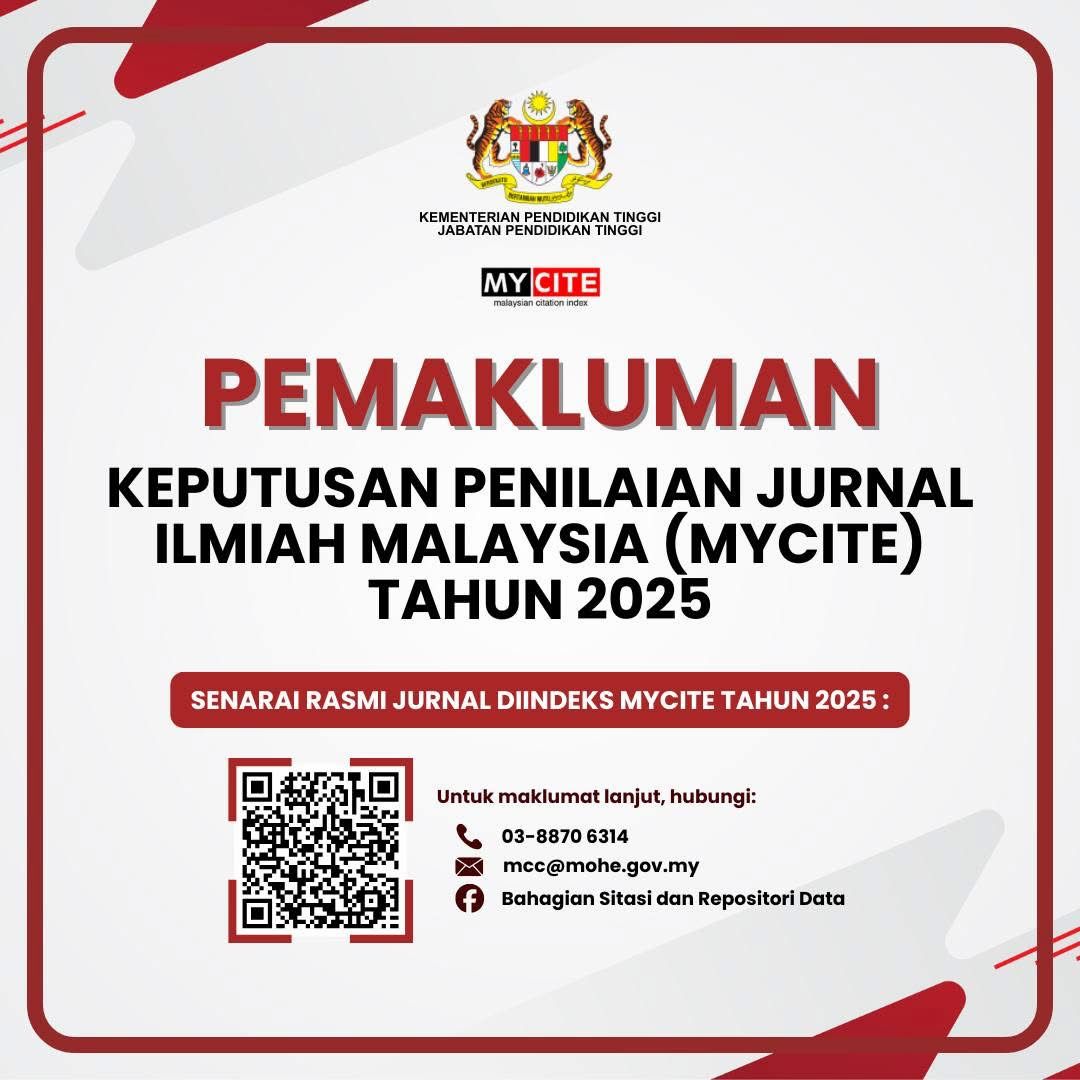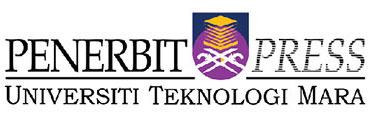The Influence of CG Technology on The Aesthetics of Chinese Magic Films Take The Candle in The Tomb Film Series for Example
DOI:
https://doi.org/10.24191/idealogy.v9i1.544Abstract
This study aims to investigate the impact of computer-generated imagery (CG) on the aesthetic context and innovation of oriental gods and creatures in Chinese magical film footage. This study focuses on the analysis and research of CG technology in Chinese magical film lens images, as well as the aesthetic habits and aesthetic psychology of contemporary audiences towards oriental gods and creatures. This research employs a qualitative research approach because it is appropriate for examining the cultural background and aesthetic habits of Chinese magical film lens images created using CG technology, as well as the aesthetic emotions that the film evokes in its audience. This study specifically examines the aesthetic expression and breakthrough innovation of oriental gods and monsters in the CG screen effects of the film series Candle In The Tomb, as well as the operation process of Chinese magical film CG technology and its expression based on and the generative context and breakthrough innovation of oriental gods' aesthetic style. This study will provide a theory of the CG technology used to guide the visual aesthetics of Chinese fantasy films. It will benefit creators of Chinese magic films, researchers, academicians, students, and those interested in the subject's study and preservation.
Keywords: Chinese fantasy films; CG technology; the aesthetics of oriental gods and creatures
References
Fu, W.J & Chen, M.L. (2014). A preliminary exploration of the typology of Chinese new magic films. Southeast Communication (08), 133-134. doi:10.13556/j.cnki.dncb.cn35-1274/j.2014.08.046.
Gao, Y.M. From Image to Mimicry: A Study of Visual Aesthetic Paradigms in the Age of Images. Beijing: People's Publishing House. 2008.
Gao,Z.M. (2008). From Image to Mimicry - A Study of Visual Aesthetic Paradigms in the Age of Images. People's Publishing House.
Gaut,B .(2010).A philosophy of cinematic art.Cambridge University Press.
Huang,M.F & Wei, R. (2014). "The Aesthetic Positioning and Cultural Reflection of Monster Love". Exploration and Controversy (03), 67-72.
Jin, D.W. (2008). Introduction to film aesthetics. Fudan University Press
Jin,D.Y &XIU,W.M. (2008). Aesthetic and Cultural Reflection on Digital Technologies in Cinema in Multiple Contexts. Contemporary Cinema (03), 70-75.
Liu,Y.C. (2016). Dragon Quest: a new breakthrough in Chinese magic film. Art Review (04), 90-93. doi:10.16364/j.cnki.cn11-4907/j.2016.04.012.
Liu, S.J. (2013). Magic Film. China Film Press.
Li, X. (2010). Reading and interpreting the myths of the twenty-first century: A study of magical cinema in genre films. Journal of Guizhou University (Art Edition) (03), 79-82. doi:10.15958/j.cnki.gdxbysb.2010.03.012.
Peng, J.X. (2019). Aesthetics of Film and Television. Peking University Press.
Qin, X.L. (2021). Oriental Aesthetic Spiritual Expression of Chinese Magical Films. Film Review (04), 6-12. doi:10.16583/j.cnki.52-1014/j.2021.04.003.
Tang,D.Y. (2007). Contemporary "New Mythicism" Phenomenon from "Magic Film" (Master's thesis, East China Normal University). https://kns.cnki.net/KCMS/detail/detail.aspx? dbname=CMFD2007&filename=2007081777.nh
Tu, M.F. (2009). History of Film Technology and Art Interaction: Exploring the Sense of Image Reality. China Film Press.
Tan, J. (2020). Overview and Reflection on Contemporary Chinese Studies of Gods and Monsters (1980-2019). Journal of Baise College (04), 23-29. doi:10.16726/j.cnki.bsxb.2020.04.005.
Wang,D. (2017). On the "Chineseness" of Chinese magic film. Contemporary Literature Forum (03), 143-147. doi:10.19290/j.cnki.51-1076/i.2017.03.029.
Wan,N.N. (2016).3D magical film:artistic dissemination and cultural self-consciousness--taking Journey to the West of the Grand Palace of Heaven as an example. Contemporary cinema (08),105-109.
Ye,T. (2017). A cultural view of Chinese magical films under the spatial perspective. Contemporary Cinema (03), 175-177.
Zhang, L.L & Tang, R. (2019). Aesthetic Reflection on Digital Technology in Contemporary Chinese Magical Cinema. Film Literature (21), 24-27.
Zheng, L, X. (2019). Spatial aesthetics and practical exploration of Chinese magical films in the 21st century. Contemporary cinema (01),143-146.
Downloads
Published
Issue
Section
License
UiTM Press (the Publisher) has agreed to publish the undersigned author’s paper in Idealogy Journal. The agreement is contingent upon the fulfilment of a number of requirements listed below.
1. The undersigned author warrants that the paper entitled below is original, that it is not in any way libellous or unlawful in Malaysia, that it does not infringe any copyright or other proprietary right. The undersigned hereby represents and warrants that he/she is the author of the paper, except for material that is clearly identified as to its original source, with permission notices from the copyright owners where required. The undersigned represents that he/she has the power and authority to sign and execute this agreement.
2. The undersigned author warrants that the paper entitled below has not been published elsewhere, and also it will not be submitted anywhere else for publication prior to acceptance/rejection by this Journal.
3. By submitting the paper entitled below, the undersigned author agrees to transfer the rights to publish and distribute the paper in an international e-journal (entitled above) to Publisher.
4. The undersigned author agrees to make a reasonable effort to conform to Publisher's submission guidelines and to liaise with the editor to ensure that the requirements of these guidelines are met to a reasonable degree.
5. The corresponding author signs for and accepts responsibility for releasing this material on behalf of any and all coauthors. This agreement is to be signed by at least one of the authors who has obtained the assent of the co-author(s) where applicable. After submission of this agreement signed by the corresponding author, changes of authorship or in the order of the authors listed will not be accepted.




